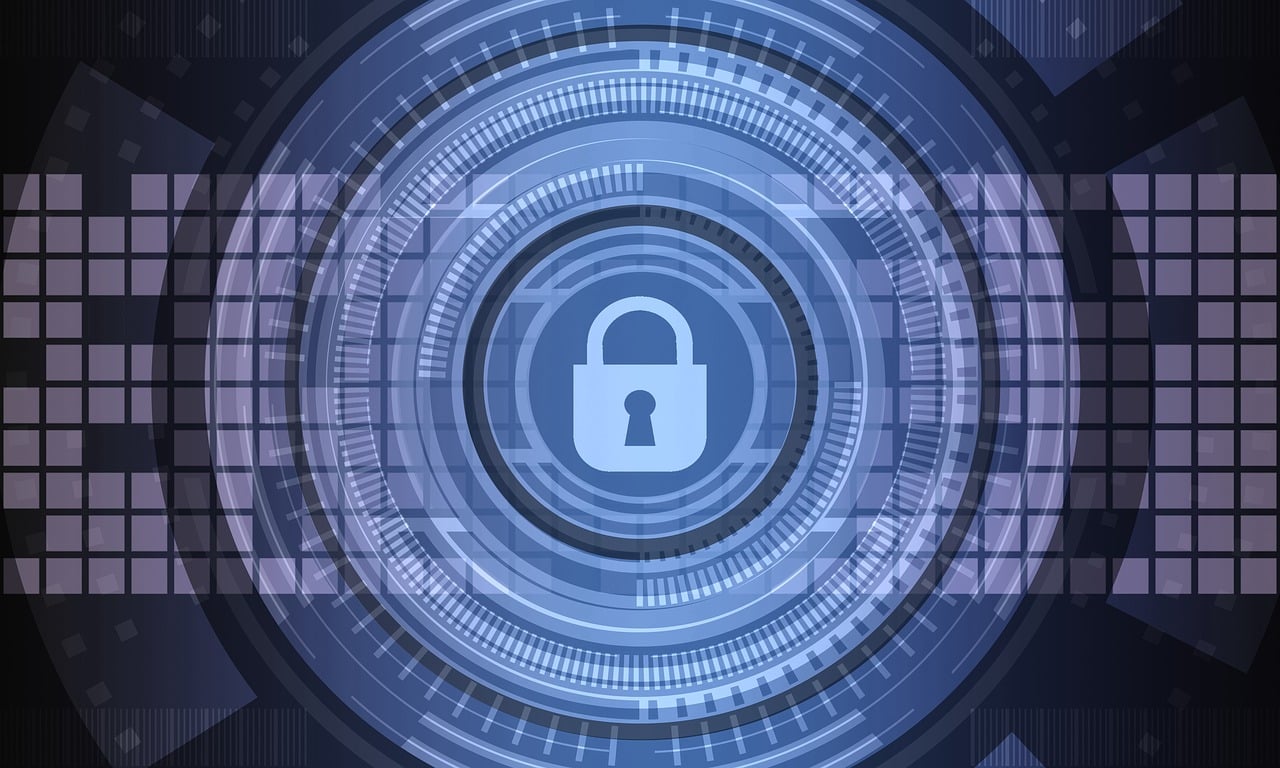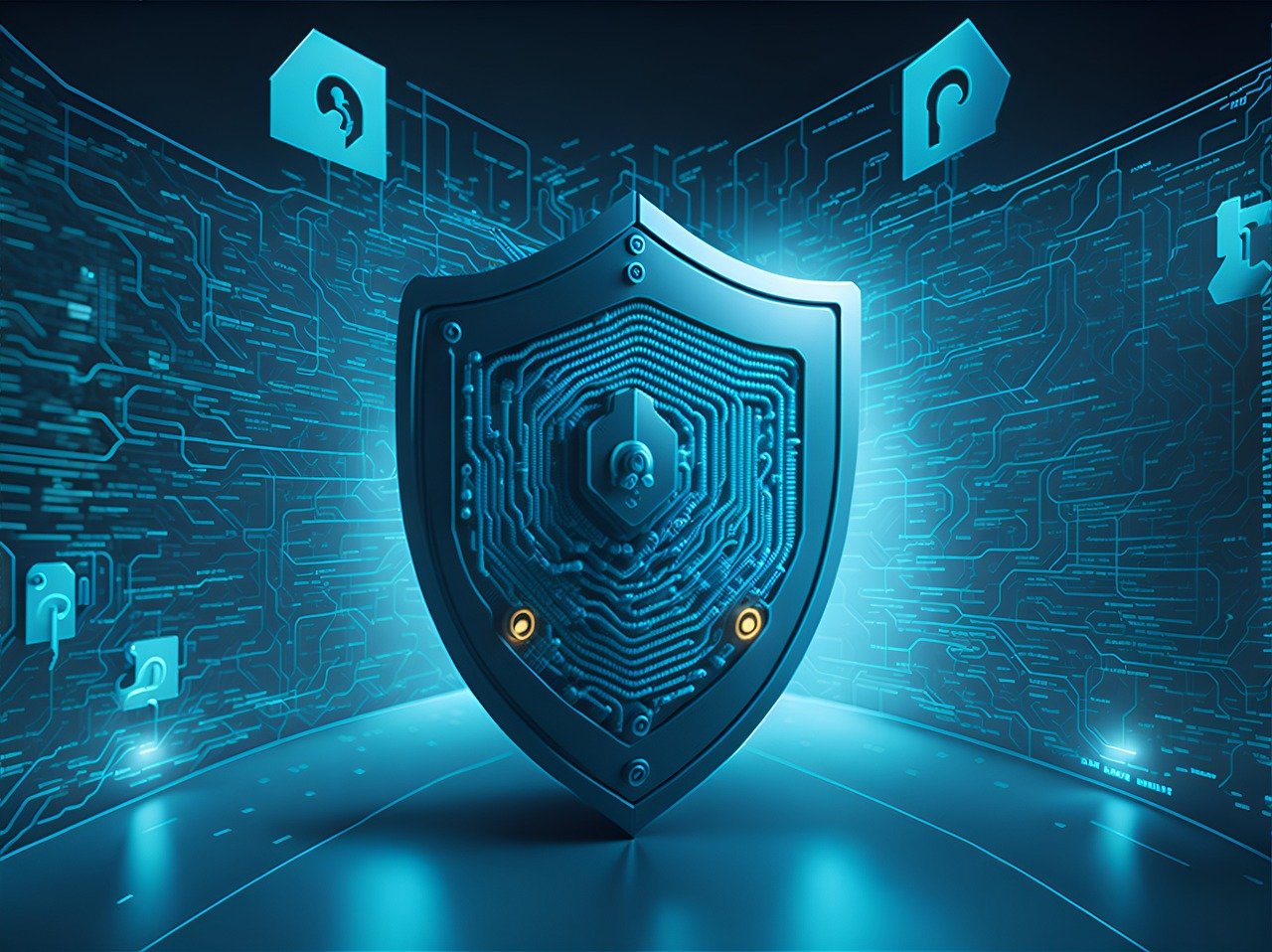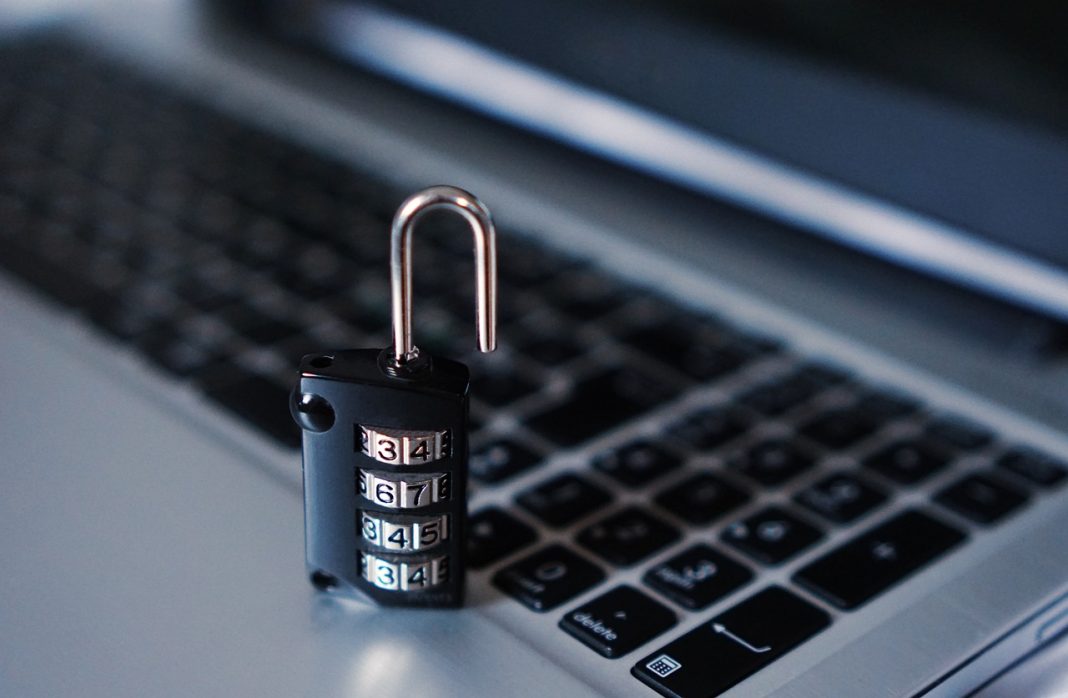Introduction to Hardware Wallets
In the realm of digital currencies, the term ‘hardware wallet’ might evoke images of a robust vault, safeguarding precious assets. In essence, hardware wallets are physical devices designed to keep cryptocurrency holdings secure from online threats. They are an essential tool for anyone looking to protect their digital wealth from the prying eyes and cunning tricks of cyber criminals.
Explanation of what hardware wallets are and their importance in securing cryptocurrencies
Imagine a hardware wallet as your personal, pocket-sized bank vault. Unlike traditional wallets that store physical currency, hardware wallets don’t contain actual coins; they store the private keys that provide access to your cryptocurrency. These keys are what you use to sign transactions and prove ownership of your digital assets, making them the linchpin of crypto security. With hardware wallets, these keys never leave the device, making it nigh impossible for hackers to snatch them from afar.
The significance of hardware wallets becomes clearer when considering the risks associated with keeping cryptocurrencies in more accessible, yet less secure places, like software wallets or exchanges. These platforms are connected to the internet, offering a vector for attackers to exploit. Hardware wallets, on the other hand, offer what is known as ‘cold storage’, keeping your keys offline and beyond the reach of malware and phishing attempts. This protection is indispensable, especially as the value and adoption of cryptocurrencies continue to soar.
Overview of the growing need for security-focused hardware wallets due to increasing cyber threats
As the allure of digital currencies continues to capture the world’s imagination, the rise in cyber threats shadows its growth. Cybercriminals have become more sophisticated, sharpening their tactics to breach online defenses and lay claim to ill-gotten gains. The number of cyberattacks on cryptocurrency holders and exchanges has been climbing, with millions lost in some of the most notorious heists. This troubling trend underscores the escalating need for security-centered measures, particularly hardware wallets that can act as sentinels for your digital treasures.
Hardware wallets are not just a luxury; they’ve become a necessity in the face of evolving dangers. They serve as the bedrock of a sound security strategy for anyone venturing into the dynamic waters of cryptocurrency. Whether you’re a casual investor holding a modest sum or a seasoned trader moving significant value, the peace of mind hardware wallets offer is priceless.

As we delve deeper into the world of cryptocurrencies and their security in the following sections, understanding the pivotal role of hardware wallets is the first step towards mastering the art of digital asset protection. Stay tuned as we explore the intricacies of these devices, the criteria for evaluating them, and the best practices for ensuring that your crypto portfolio remains untouched by the chaos of cyberspace.
Criteria for Evaluating Security-Focused Hardware Wallets
In the pursuit of digital asset protection, understanding how to evaluate security-focused hardware wallets is critical. As we’ve learned, hardware wallets are essential for securing cryptocurrencies away from online threats. But what makes one hardware wallet more secure than another? Let’s examine the key factors that contribute to their reliability and trustworthiness.
Secure Element and Open-Source Firmware
The heart of a hardware wallet’s security lies in its secure element. This specialized chip is designed to resist physical and logical attacks, ensuring your private keys remain confidential and unassailable. When evaluating hardware wallets, look for devices that incorporate a certified secure element chip. It’s akin to choosing a bank vault with the most sophisticated lock.
Additionally, open-source firmware offers transparency, allowing experts to scrutinize the code for vulnerabilities and ensuring any issues can be quickly identified and patched. Open-source firmware promotes community involvement and continuous improvement, which can lead to enhanced security measures over time.
Physical Design
The wallet’s physical design also plays a pivotal role in security. Robust materials and tamper-resistant features act as the first line of defense against physical threats. Consider wallets that are built to withstand wear and tear or those that indicate if they’ve been physically compromised. After all, even the most advanced software can’t protect your assets if the hardware itself is easily breached.
Multi-Signature Support and Compatibility
Security isn’t just about keeping intruders out; it’s also about ensuring legitimate users have flexible access. Multi-signature support adds a layer of security by requiring multiple approvals before transactions can be completed. This feature is crucial for organizations or individuals looking for joint custody of digital assets.
Moreover, compatibility with different cryptocurrencies is vital for users who diversify their portfolios. A wallet that supports a wide array of cryptocurrencies can provide the convenience of managing multiple types of assets securely in one place. It’s like having a multi-currency bank account for your digital investments.
Third-Party Security Certifications and Independent Reviews
When it comes to security, don’t just take the manufacturer’s word for it. Third-party security certifications from reputable institutions serve as an endorsement of a wallet’s security features. These certifications indicate that the wallet has undergone rigorous testing and meets high-security standards.
Independent reviews, on the other hand, offer real-world insights into a wallet’s performance. They can reveal potential issues or user experience drawbacks that may not be apparent from specifications alone. Think of these reviews as recommendations from experienced users who’ve already tested the waters for you.
In the world of cryptocurrencies, where the landscape is ever-evolving and threats continue to emerge, choosing the right hardware wallet is a crucial decision. By considering secure elements, open-source firmware, physical design, multi-signature support, compatibility with diverse cryptocurrencies, and validated by third-party certifications and independent reviews, you’ll be well-equipped to select a wallet that stands as a fortress for your digital wealth.
As we move forward, we’ll delve into specific models of security-focused hardware wallets and assess their features side by side. Understanding these criteria will empower you to make informed decisions and choose the wallet that best suits your needs.
Review of Top Security-Focused Hardware Wallets
In our quest to shield digital currencies from the prying eyes of hackers, we now turn our attention to the stalwarts of the hardware wallet world. Let’s delve into some of the most trusted names in the market: Ledger Nano S, Trezor Model T, and KeepKey. As we conduct a detailed analysis of these devices, we’ll bring to light their unique attributes and how they contribute to cryptocurrency security.
Detailed Analysis of Popular Hardware Wallets
The Ledger Nano S stands out for its robust security measures and compact design. This device employs a secure element chip that is specifically designed to withstand sophisticated attacks. Users appreciate its simplicity and the capability to support over 1,100 different cryptocurrencies. The Trezor Model T steps up with a touchscreen interface, adding ease to the user experience. It also boasts a wide range of supported coins and provides advanced features like password management and U2F authentication. Lastly, KeepKey distinguishes itself with its larger display and an emphasis on straightforward usability, though it supports fewer cryptocurrencies compared to its competitors.
Comparison of Security Features, User Interface, and Supported Cryptocurrencies
When comparing security features, all three wallets provide offline storage, which is paramount for keeping your assets out of reach from online threats. However, Ledger and Trezor go a step further with their use of secure element chips and the provision of open-source firmware, respectively—features that enhance their security profile. In terms of user interface, Trezor’s touchscreen is notably user-friendly, whereas Ledger’s more traditional buttons require a bit more navigation. KeepKey’s large screen is a win for clarity, but its bigger size may not appeal to those seeking portability. Looking at supported cryptocurrencies, Ledger and Trezor are neck and neck, offering extensive support, while KeepKey lags slightly behind, still providing coverage for many popular assets.
Evaluation of the Overall Reputation and Customer Feedback
Reputation is the cornerstone of trust in the cybersecurity realm. Ledger Nano S has earned a solid reputation for its security, despite past controversies regarding data breaches unrelated to the wallet’s security features. Trezor, credited as the pioneer of hardware wallets, maintains a strong standing in the community, often lauded for its transparency and responsiveness to security concerns. KeepKey, while perhaps less renowned than its peers, still commands respect for its user-friendly approach and clean design. Customer feedback across various forums and review sites often highlights the dependability of Ledger and Trezor, with KeepKey earning points for its no-frills, easy-to-understand user experience.

Best Practices for Securing Cryptocurrencies with Hardware Wallets
Having delved into the features of leading hardware wallets, it’s clear that owning such a device is only part of the equation. The real challenge lies in how you use it. Let’s explore the best practices to ensure that your digital treasure trove remains under lock and key.
Guidance on Setting Up and Initializing a Hardware Wallet Securely
The first step towards impenetrable cryptocurrency security begins the moment you unwrap your hardware wallet. Initializing your device can be exciting, but it’s crucial to proceed with caution. Start by purchasing your wallet directly from the manufacturer or an authorized retailer to avoid tampered devices. Once you have your wallet, create a strong PIN and back up your recovery phrase. This set of words is your last line of defense; without it, assets can be lost forever if the device is damaged or misplaced. Write down the recovery phrase and store it in a secure location — think of it as the key to a safe containing your digital wealth.
Importance of Regularly Updating Firmware and Following Manufacturer’s Recommendations
In the fast-evolving world of technology, staying updated is not just about keeping up with trends; it’s about security. Regular firmware updates often contain critical patches that close vulnerabilities, ensuring that your wallet’s defenses are as strong as possible. Stick to the manufacturer’s guidelines for updates and be wary of unofficial sources which may lead to compromised security. Furthermore, follow the manufacturer’s operational recommendations closely. They’ve designed your hardware wallet to work in a specific manner, and deviating from their advice could expose you to unnecessary risks.
Tips for Storing Recovery Phrases and Protecting the Hardware Wallet from Physical Damage or Theft
- Divide and Conquer: Consider splitting your recovery phrase into parts and storing them in different secure locations. This way, if one location is compromised, your assets remain safe.
- Safe and Sound: Use a secure container or safe deposit box for storing your hardware wallet and recovery phrase. Environmental damage from fire or water can be just as catastrophic as theft.
- Stealth Mode: Keep a low profile about owning cryptocurrencies and using a hardware wallet. The fewer people who know, the lesser the chance of becoming a target.
- Double Up on Defense: Employ additional security measures like multi-factor authentication if your wallet supports it, adding another layer between thieves and your funds.
Securing your hardware wallet is akin to safeguarding a miniature vault. By adhering to these practices, you can significantly reduce the risk of losing your cryptocurrencies to technical mishaps or malicious individuals.
Conclusion and Recommendations
In our journey through the intricate landscape of hardware wallets, we’ve unearthed a plethora of insights that can steer any cryptocurrency enthusiast toward safer shores. By delving into the nuances of each device’s design, we’ve seen firsthand that not all wallets are crafted equal—especially when security is at the forefront. The Ledger Nano S, Trezor Model T, and KeepKey have each left their unique mark on the industry, yet they share a common goal: to shield your digital treasures from the omnipresent threats of the cyber world.
Summary of Key Findings and Insights
We discovered that the secure element chip is the heart of the hardware wallet, acting as a guardian that never sleeps. Open-source firmware emerged as a beacon of transparency, enabling users to gaze into the soul of their device’s software. The physical design, often overlooked, proved to be a critical bastion against unauthorized access. Features like multi-signature support and compatibility with a wide array of cryptocurrencies didn’t just add convenience; they expanded the horizons of security, allowing users to tailor their defenses to the evolving landscape of digital assets.
Emphasis on the Significance of Choosing a Security-Focused Hardware Wallet
As the digital dawn brings forth newer forms of cyber threats, the significance of opting for a security-centric hardware wallet becomes ever more pronounced. The stark reality is that the safety of one’s digital assets hangs precariously on the strength of their wallet’s security measures. It’s not merely about choosing a storage option; it’s about erecting a fortress around your digital wealth, one that stands resilient against the relentless waves of cyber assaults.
Call-to-Action for Readers
Now, armed with knowledge and insight, the call to action is clear: carefully consider the security features when selecting a hardware wallet for your digital assets. Mull over the merits of a secure element chip, weigh the worth of open-source software and ponder the protection offered by the wallet’s physical design. Reflect on the added layers of safety provided by multi-signature support and a wide range of compatible cryptocurrencies. And let’s not forget the seal of approval from third-party security certifications and independent reviews, which can serve as your compass in navigating this vast sea of options.
As you stand at the crossroads, deciding which path to take in safeguarding your cryptocurrencies, remember that your choice of hardware wallet can make all the difference. It’s an investment not just in a device, but in peace of mind. So heed the lessons learned, embrace the best practices for securing your cryptocurrencies, and choose wisely. Your future self, looking back on a digital fortune well-guarded, willthank you.


